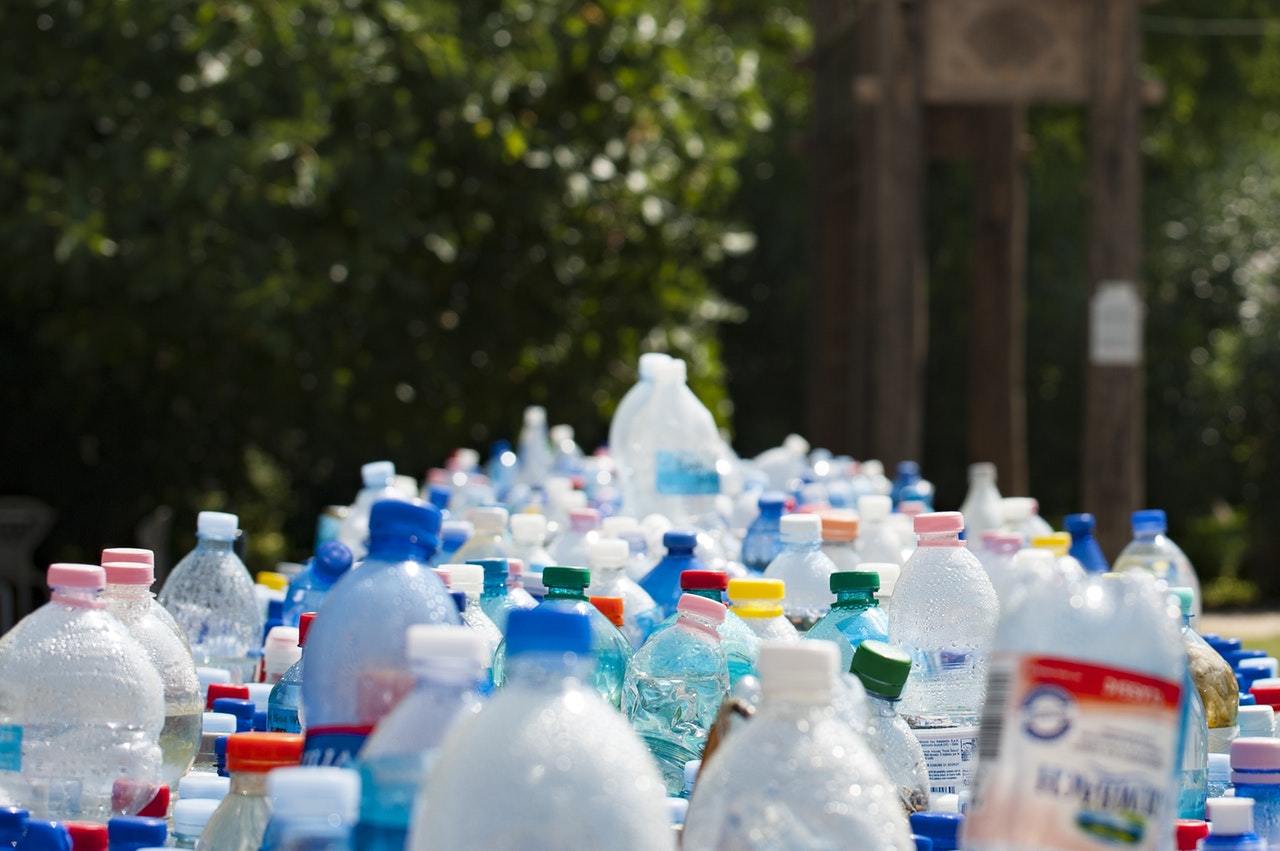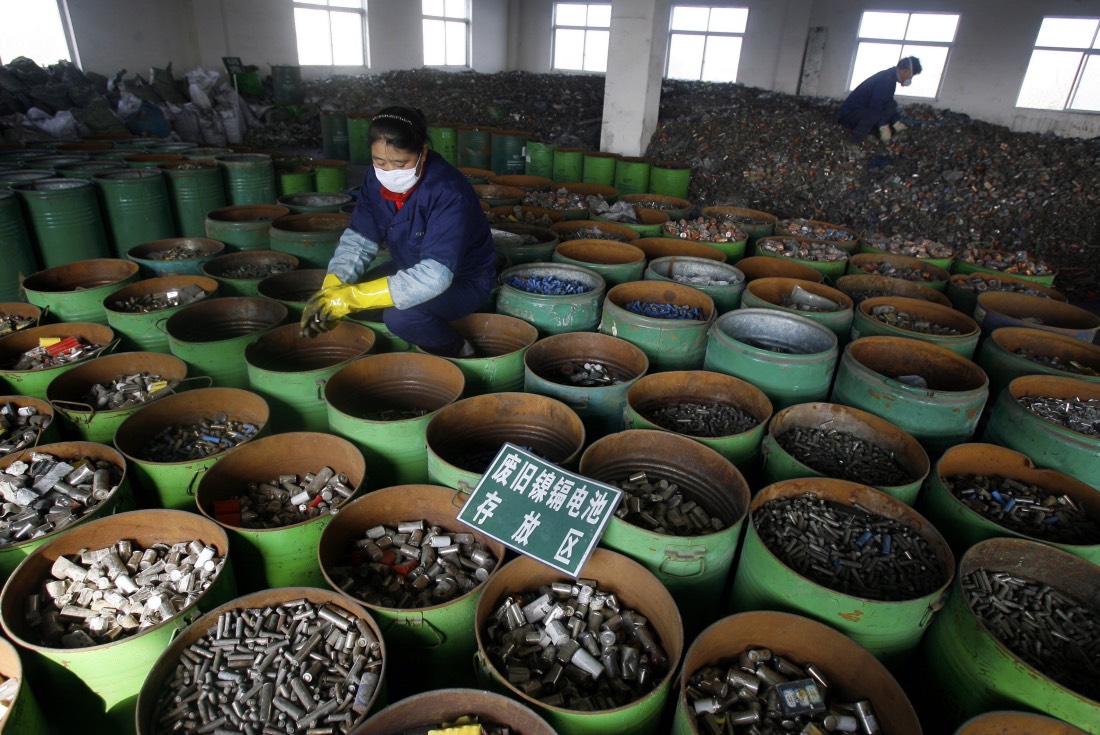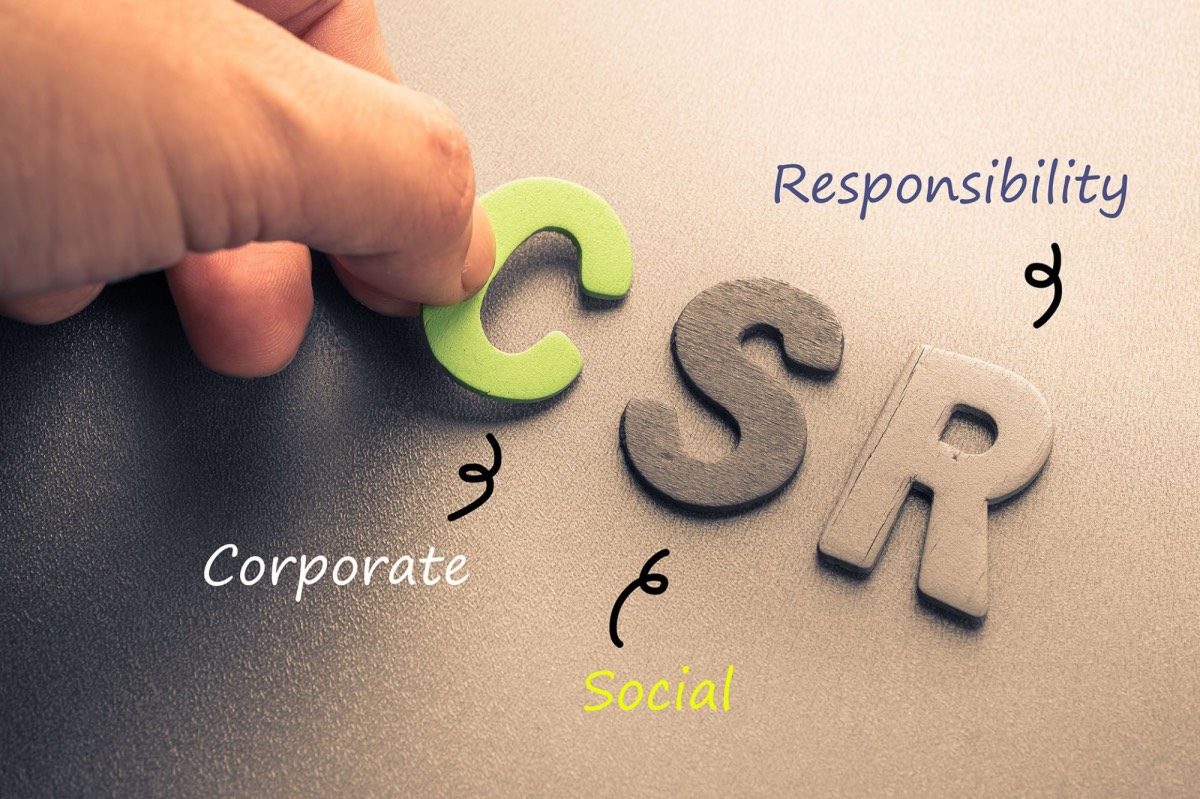In 2025, sustainable living has moved from the periphery to the mainstream, driven by a global recognition of the urgent need to combat climate change. This green revolution is characterized by innovative trends in renewable energy, eco-friendly products, and comprehensive strategies adopted by individuals and companies alike. This article investigates the latest trends in sustainable living and how they are driving significant changes in our world.
Renewable Energy: Powering the Future
Renewable energy sources are at the forefront of the green revolution, providing cleaner and more sustainable alternatives to fossil fuels.
Solar and Wind Power
Solar and wind power continue to lead the charge in renewable energy. Advancements in technology have made these energy sources more efficient and affordable. Solar panels are now capable of converting more sunlight into electricity, and wind turbines have become more effective at harnessing wind energy. In many regions, solar and wind power are now the most cost-effective sources of electricity.

Energy Storage Solutions
One of the key challenges with renewable energy has been the storage of energy generated from intermittent sources like wind and solar. In 2025, advancements in battery technology and other storage solutions, such as pumped hydro and thermal storage, have significantly improved the ability to store and distribute renewable energy. This ensures a stable and reliable energy supply, even when the sun isn’t shining, or the wind isn’t blowing.
Decentralized Energy Systems
Decentralized energy systems, including microgrids and community solar projects, are becoming more popular. These systems allow local communities to generate, store, and use their own renewable energy, reducing reliance on large, centralized power plants and enhancing energy security and resilience.
Eco-Friendly Products: Sustainable Consumption
The shift towards sustainable living is also reflected in the growing market for eco-friendly products.
Sustainable Fashion
The fashion industry, traditionally a major polluter, is undergoing a transformation. Sustainable fashion brands are focusing on ethical production practices, using organic and recycled materials, and promoting the concept of a circular economy where clothes are designed to be reused and recycled. Consumers are increasingly aware of the environmental impact of their clothing choices and are supporting brands that prioritize sustainability.

Green Building Materials
The construction industry is embracing green building materials that reduce environmental impact. Innovations include the use of recycled materials, low-carbon concrete, and sustainable timber. These materials not only minimize the carbon footprint of buildings but also improve energy efficiency and indoor air quality.

Zero-Waste Products
Zero-waste products are gaining traction as more people strive to reduce their environmental footprint. These products are designed to minimize waste, often using recyclable or biodegradable materials. From packaging-free groceries to reusable household items, the zero-waste movement is encouraging consumers to rethink their consumption habits and opt for more sustainable alternatives.
Corporate Sustainability: Leading by Example
Companies play a crucial role in driving the green revolution, with many adopting comprehensive sustainability strategies.
Corporate Social Responsibility (CSR)
Corporate social responsibility (CSR) has evolved beyond a mere buzzword. In 2025, CSR initiatives are deeply integrated into business models, with companies committing to reduce their carbon footprint, invest in renewable energy, and support environmental conservation projects. Transparent reporting and accountability are also becoming standard practices, allowing consumers to make informed choices about the brands they support.

Sustainable Supply Chains
Sustainable supply chains are essential for minimizing environmental impact. Companies are increasingly working to ensure that their entire supply chain, from raw material sourcing to production and distribution, adheres to sustainable practices. This includes reducing emissions, minimizing waste, and ensuring fair labor practices throughout the supply chain.
Green Innovations
Innovation is key to corporate sustainability. Companies are investing in green technologies and processes that not only reduce their environmental impact but also create new business opportunities. From developing sustainable products to implementing energy-efficient manufacturing processes, these innovations are helping companies stay competitive while contributing to a greener future.
Individual Actions: Grassroots Change
Individual actions collectively make a significant impact on sustainability efforts.

Lifestyle Changes
People are increasingly adopting lifestyle changes that promote sustainability. This includes reducing meat consumption, using public transportation or electric vehicles, and supporting local and organic agriculture. These changes not only reduce individual carbon footprints but also encourage broader societal shifts towards sustainable living.

Community Engagement
Grassroots movements and community engagement are driving local sustainability initiatives. Community gardens, local clean-up campaigns, and neighborhood renewable energy projects are empowering individuals to take action and make a difference in their own communities. These initiatives foster a sense of collective responsibility and create a ripple effect of positive change.

Education and Advocacy
Education and advocacy play a crucial role in promoting sustainable living. Schools, universities, and non-profit organizations are raising awareness about environmental issues and teaching sustainable practices. Advocacy efforts are also driving policy changes at local, national, and international levels, pushing for stronger environmental regulations and support for renewable energy initiatives.
In Conclusion
The green revolution of 2025 is characterized by a dynamic and multifaceted approach to sustainable living. Renewable energy, eco-friendly products, corporate sustainability initiatives, and individual actions are collectively driving significant changes in how we live and interact with our environment. As these trends continue to evolve, they offer hope for a more sustainable and resilient future, where economic growth and environmental stewardship go hand in hand.







